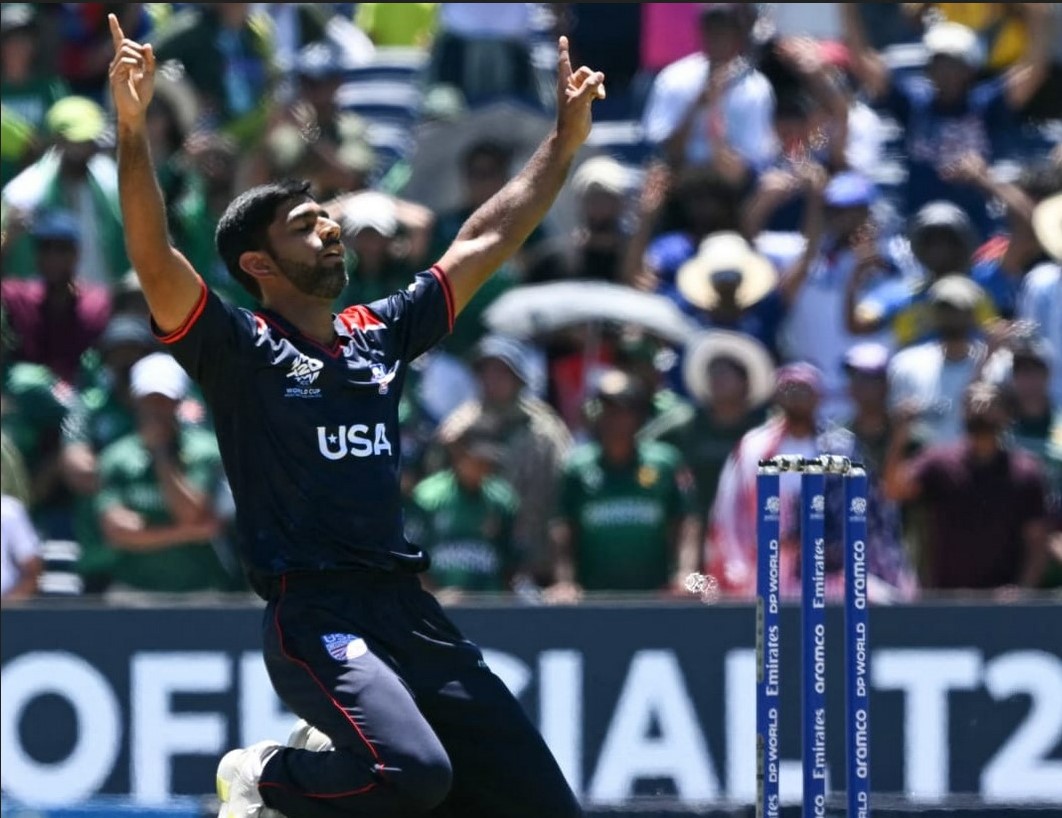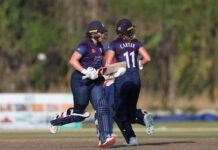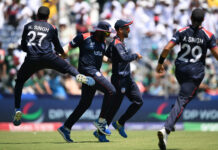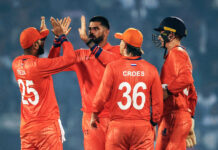What a final and what an ending we had to this year’s T20 World Cup.
South Africa snatched defeat from the jaws of victory in heart-breaking fashion to hand India their first ICC World Cup win in thirteen years. While it’s a pity we did not see an inaugural winner of the trophy, the expanded 20 team World Cup was still an unqualified success from a global growth and Associate perspective.
That said, the tournament organisation was far from flawless with logistics, ticketing issues and prices becoming major talking points. There was also the bizarre 10:30 am start times for day games, to pander nakedly to subcontinent audiences.
Despite those flaws, the World Cup generated plenty of positive storylines with multiple heart stopping thrillers, genuine upsets and many near upsets.
Very few people would have tipped co-hosts USA to defeat Pakistan and have a fairytale run to the Super Eight stage. Furthermore, Canada defeating Ireland, former Associate Afghanistan’s dream run to their first ever semi-final, Scotland’s near upset of Australia, Nepal’s one run loss to South Africa and debutant Uganda’s first ever win in a senior ICC event were all fantastic to witness.
With the tournament now done and dusted, Emerging Cricket analysed the stats to pick the best eleven Associate players of the 2024 T20 World Cup.
1. George Munsey (Scotland) – 124 runs at 41.33 and 139 SR

Hard-hitting opener George Munsey had a fine tournament, continuing his excellent form in the T20I format over the last two years. He made starts in three of the four group stage games with scores of 41*, 41 and 35 versus England, Oman and Australia respectively. Against England, Munsey and Scotland looked set for a big score (90/0 after 10 overs) before an unfortunate rain interruption forced a no result. During the World Cup, he also became the second Scottish player in history to score 2000 runs in T20 internationals. At 31 years of age, Munsey easily has another couple of T20 World Cup campaigns left in him.
Alongside USA, Scotland were easily one of the more impressive Associate nations at the tournament. They finished third in Group B on net run rate and came mighty close to upsetting former world champions Australia and making the Super Eights stage. With the women’s team also qualifying for the women’s T20 World Cup later this year, the Scots have effectively fulfilled all the criterion necessary for ICC Full Membership; a fact highlighted by ace spinner Mark Watt in a recent Wisden interview.
2. Andries Gous (USA) – 219 runs at 43.80 and 151 SR
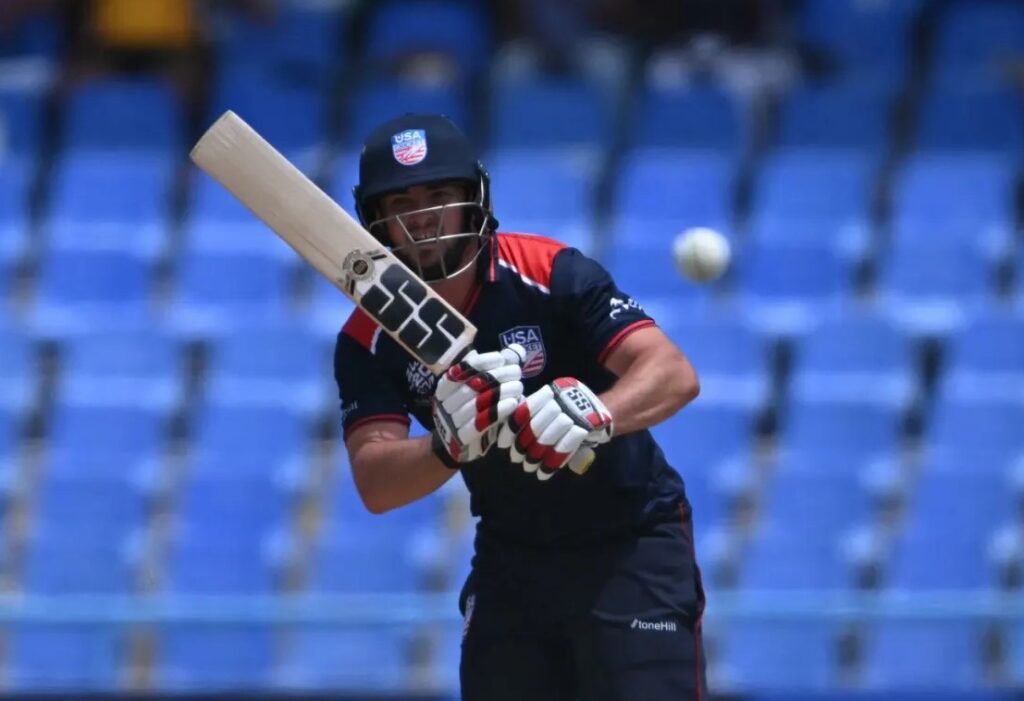
As the only Associate batter to crack the top ten run charts, Andries Gous certainly turned heads at the World Cup. Little known in mainstream cricket circles before this event, Gous had been putting up the sort of destructive batting performances in Minor League Cricket as well as the Middle Eastern T10 and T20 leagues recently, which hinted at things to come. At the World Cup, his best innings came against his native South Africa, where he blazed 80 runs off 47 balls in a narrow loss. Other notable contributions included the 65 against Canada and a valuable 35 versus Pakistan in that famous victory.
The 30-year-old wicketkeeper batter only fulfilled the qualification criteria to debut for USA in April 2024, having signed a long-term deal with American Cricket Enterprises (ACE) and relocating to the States in 2021. He has quickly become one of the mainstays of American batting. Gous also boasts a superb record in South African domestic cricket, in all three formats of the game.
3. Brandon McMullen (Scotland) – 140 runs at 70 and 171 SR
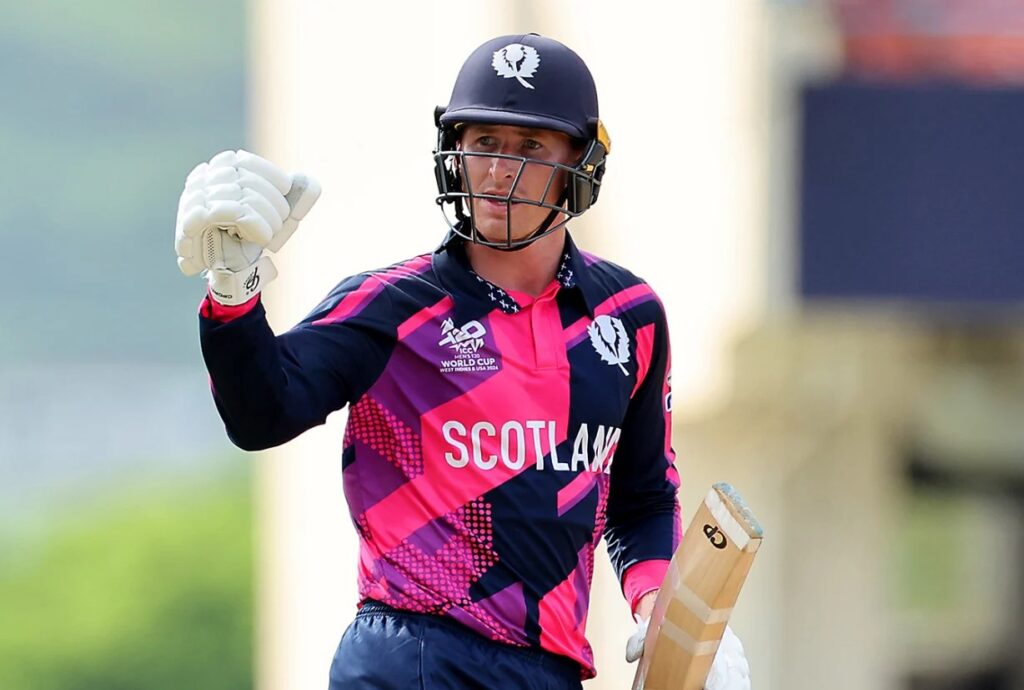
McMullen came to global prominence at last year’s ODI World Cup qualifiers, excelling with both bat and ball (364 runs at 52.00 and 13 wickets at 17.52). It was particularly impressive given that he had only made his international debut for Scotland in December 2022. Here, his military medium swing bowling wasn’t utilised at all by captain Richie Berrington (also partly due to injury), but McMullen still made his presence felt with the bat.
The Durban born all-rounder was Scotland’s top run scorer at the T20 World Cup and did so at a blistering strike rate of 171. He hit 61* off 31 balls against Oman to guide the Scots to a crushing victory and followed it up with another belligerent innings of 60 off 34 balls against Australia. In the latter match, he tore into the shellshocked Aussie bowlers, hitting the likes of Nathan Ellis, Mitchell Starc, Glenn Maxwell, Adam Zampa and Ashton Agar for a combined six sixes. It was a clinical display of power hitting against a world class bowling lineup. Unfortunately, the Scots eventually lost to Australia in a thrilling high scoring game and subsequently exited Group B on Net Run Rate.
4. Aaron Jones (USA) – 162 runs at 40.5 and 135 SR

Aaron Jones brought the 2024 T20 World Cup to life in spectacular fashion with a blistering innings (94* off 40 balls) against arch rivals Canada. Chasing 195 for a win in Dallas, the Americans were teetering at 48/2 in 8 overs before Jones and Gous started a brutal assault. In the end, the chase was done and dusted in 17.4 overs, thanks to Jones’ 10 sixes and four fours. He then backed this up with another crucial 36 not out against Pakistan to bring up that famous victory.
However, his form dropped off alarmingly in the next four games with the Queens born batter only managing a collective 32 runs off 54 balls. It wasn’t entirely surprising given Jones’ mediocre record of run scoring and strike rate in the format historically. American fans have always seen him as more suited to the ODI format. However, he showed that he does possess a power game and will continue to be involved in the American squad going into the 2026 T20 World Cup. USA have attained automatic qualification to that event courtesy of making the Super Eights.
5. Gerhard Erasmus (Namibia) – 102 runs at 34 and 110 SR, 4 wickets at 20.25 and 7.36 Econ
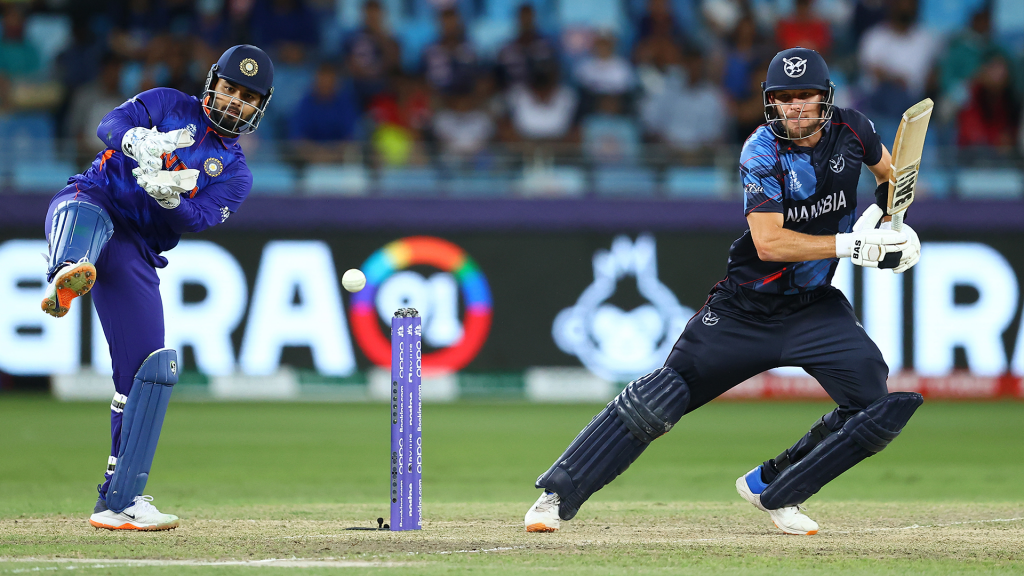
Erasmus’ best outing came in the second group game against the Scots, where he scored a brisk 52 off 31 balls and took 2/29 with the ball. He also top scored with 36 against the mighty Aussies, in what turned out to be a crushing defeat. Overall, it was a mixed tournament for the Namibians after they were drawn in a group featuring the last two T20 World Cup winners. While they failed to match the highs of the 2021 and 2022 campaigns, they did pick up a solitary win against Oman in a dramatic Super Over finish.
6. Nicholas Kirton (Canada) – 101 runs at 33.66 and 140 SR
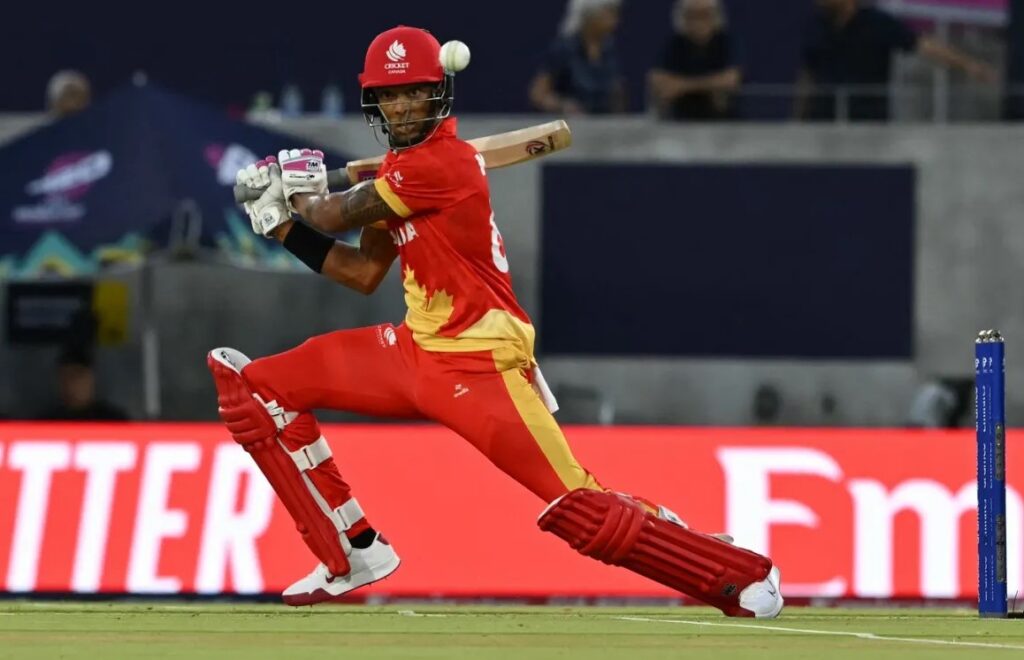
Canadian batter Nicholas Kirton had a successful T20 World Cup, overperforming on his T20I career average and strike rate. The 26-year-old is a classy and stylish operator in the middle order. He played a couple of sparkling innings (51 and 49) against USA and Ireland, the latter of which was instrumental in securing Canada’s first ever victory over a Full Member in any format.
Kirton made his international debut for Canada in 2018 and in recent years has considerably improved his stroke making abilities. A born and bred Bajan, he plays his domestic cricket in the West Indies and qualifies to play for his adopted home due to his Canadian born mother.
7. David Wiese (Namibia) – 51 runs at 17 and SR 128, 5 wickets at 15.80 and 7.77 Econ
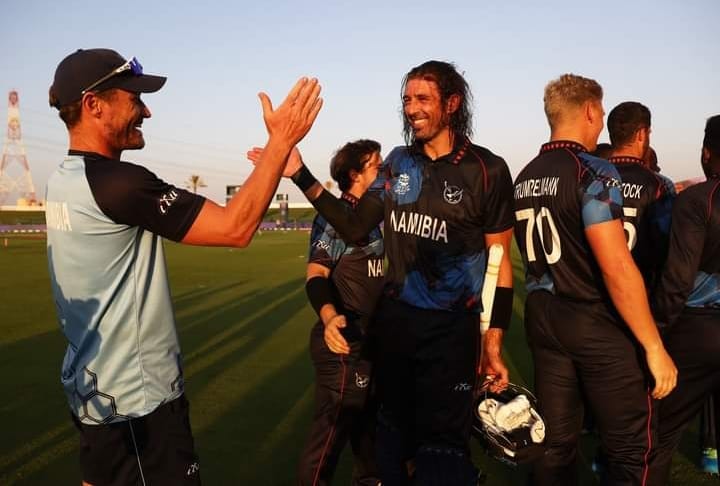
Veteran Namibian allrounder David Wiese enjoyed one last hurrah at a world event before his subsequent international retirement. He was the standout performer in the Eagles’ sole win of the 2024 campaign, returning figures of 3 for 28 against Oman before starring with both bat and ball in the Super Over. He also hit a quickfire 27 off 12 balls and took the wicket of Phil Salt, in a rain shortened 10-over bash versus England.
Other than that, Wiese’s tournament contributions were fairly limited, particularly with the bat. Overall, he has featured in 34 T20Is for his adopted nation, scoring 532 runs and picking up 35 wickets. He bows out of the international scene with three successive T20 World Cup appearances (2021, 2022 and 2024) to his name. Wiese’s retirement will undoubtedly leave a large hole in the Namibian squad.
8. Dipendra Singh Airee (Nepal) – 6 wickets at 8.16 and 5.15 Econ
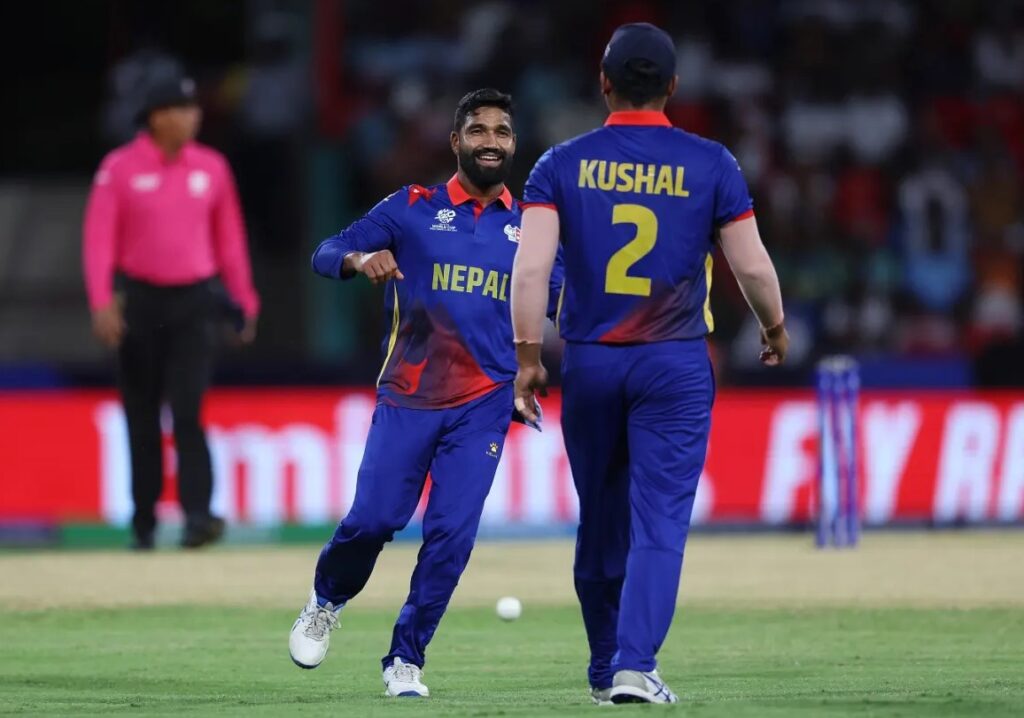
It was a World Cup of what ifs for Nepal. Familiar batting frailties and inexperience in pressure situations combined to cruelly curtail their ambitions of achieving a historic first win against a Full Member. The Nepalis came the closest against South Africa, failing to score two off the final two balls, to lose by a run. Then against Bangladesh they collapsed spectacularly in pursuit of a middling target of 106 in St. Vincent.
Collectively, the Nepali batting unit had a forgettable World Cup with only Aasif Sheikh accumulating more than fifty runs in three games. The bowling was much better in comparison, with Dipendra Singh Airee the pick of the bunch. His overall combined figures of 9.3-0-49-6 against Netherlands, South Africa and Bangladesh make for fantastic reading. He utilised the sluggish surfaces to perfection with subtle changes in flight and plenty of guile. On the other hand, Airee’s batting fireworks were a complete no show. Unfortunately, Nepal needed that desperately to notch up some wins at the tournament.
9. Brian Masaba (Uganda) – 5 wickets at 13.80 and 5.75 Econ
It was a tough introduction to World Cup cricket for the Cricket Cranes. The debutants suffered calamitous defeats against Afghanistan, West Indies and New Zealand with the batting unit only able to muster totals of 58, 39 and 40 respectively. Regardless, they still achieved something remarkable by beating Papua New Guinea and picking up their maiden World Cup victory. This win generated national headlines and even had the First Lady of Uganda retweeting her congratulations to the team. This is what World Cup expansion can do.
While the batting unit failed miserably, the bowlers fared a lot better. 22-year-old pacer Cosmas Kyewuta generated serious heat, breaching speeds of 140 km/h several times and bowling some scorching yorkers. Captain Brian Masaba bowled some useful off-spinners and completed his quota of four overs in three of the four games. His ability to put a brake on the scoring rate and pick up useful wickets meant that the bowling unit did not concede too many runs in the middle overs and at the death.
Overall, Masaba picked up five wickets at 13.80 at a superb economy rate of 5.75. His wickets included the scalps of quality batters like Ibrahim Zadran, Najibullah Zadran, Nicholas Pooran and Rovman Powell.
10. Ruben Trumpelmann (Namibia) – 7 wickets at 15.28 and 8.91 Econ

Injuries may have slowed down his speed, but it didn’t prevent Ruben Trumpelmann from having a successful World Cup campaign. The giant, blonde, left-arm pacer is in many ways the Mitchell Starc of the Associate world; able to generate deadly full-length inswingers up front and trap batters on the crease. Here, he took apart Oman’s batting to register his best ever T20I figures, 4/21. There was the also the perfect inswinger against England that castled the destructive Jos Buttler for a duck.
Overall, he picked up seven wickets in four games, albeit at a slightly expensive economy rate of 8.91. With veteran David Wiese’s retirement from international cricket, Trumpelmann will become an even more important cog in the Namibian bowling attack in future.
11. Saurabh Netravalkar (USA) – 6 wickets at 20.83 and 6.63 Econ

Full-time coder at Oracle by day and part-time cricketer by night, the 33-year-old Netravalkar has undoubtedly become the cult hero of the 2024 T20 World Cup. The wily left-arm medium pacer led the attack admirably through a combination of immaculate line and length and clever use of cutters. His spell of 4-0-18-2 and subsequent defence of 18 runs in the super over versus Pakistan garnered him international headlines, including in outlets like New York Times.
Going into the last two Super Eight fixtures, Netravalkar had notched up impressive figures of 2/18, 2/18 and 2/21 against Pakistan, India and South Africa respectively. Those numbers were dented somewhat with the hammering he and his compatriots received at the hands of West Indies and England. But an overall economy rate of 6.63 and six wickets at 20.83 are a testament to his effectiveness on sluggish surfaces which offer some help to bowlers. With USA’s premier pacer Ali Khan having a horror run, Netravalkar’s bowling was especially crucial.
Overall, it was a fantastic tournament for USA. They should be proud of making the Super Eights in their first ever appearance at a T20 World Cup. The amount of interest generated in cricket despite its niche status and lack of mainstream visibility was a major encouragement. With ambitious plans to build home stadiums for all existing Major League Cricket franchises and dreams of further expansion, the future looks bright for the sport nationally. Then there’s the additional carrot of cricket in LA28 Olympics. Hopefully, the national administrators can put aside their squabbling and come together for the greater good of the game.
Note: Our special shoutout goes out to Frank Nsubuga who became the second oldest player in T20 World Cup history at the age of43 years and 282 days. He also entered cricket books for bowling the second most economical figures (minimum four overs) in T20 World Cup history with figures of 4-2-4-2.
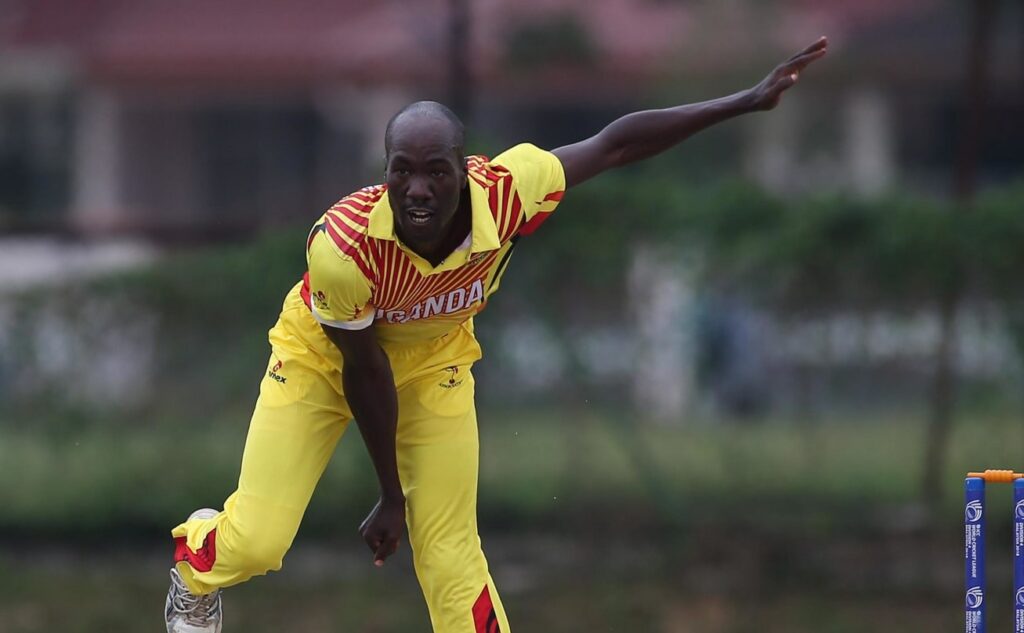
Also, honorable mention to Sybrand Engelbrecht who went viral with a couple of spectacular catching and fielding efforts on the boundary. The 35-year-old represented Netherlands in their 2023 ODI World Cup and 2024 T20 World Cup campaigns and recently announced his retirement from all forms of international cricket to focus on a career in financial and project management.
You’re reading Emerging Cricket — brought to you by a passionate group of volunteers with a vision for cricket to be a truly global sport, and a mission to inspire passion to grow the game.
Be sure to check out our homepage for all the latest news, please subscribe for regular updates, and follow EC on Twitter, Facebook, LinkedIn and YouTube.
Don’t know where to start? Check out our features list, country profiles, and subscribe to our podcast. Support us from US$2 a month — and get exclusive benefits, by becoming an EC Patron.

